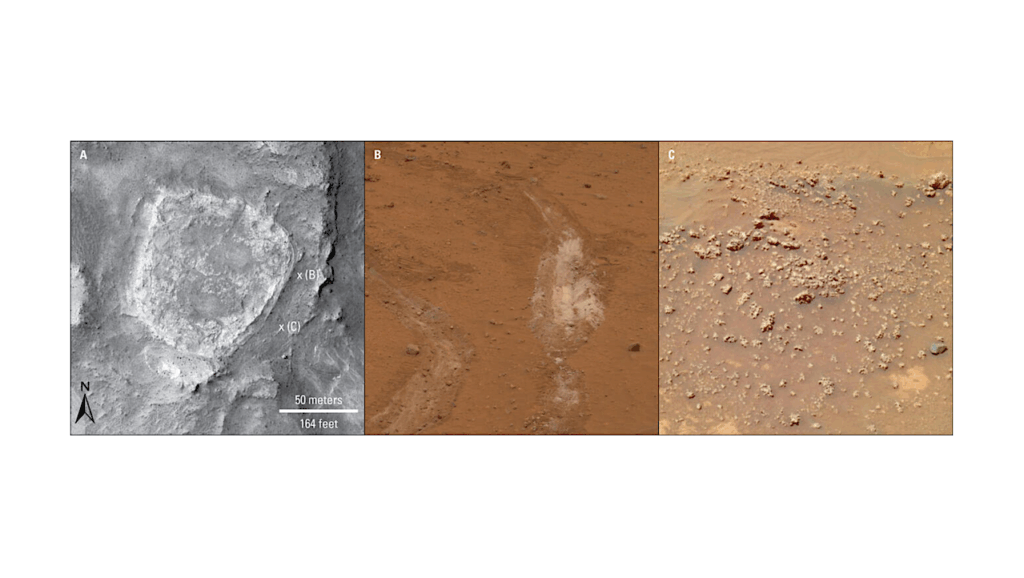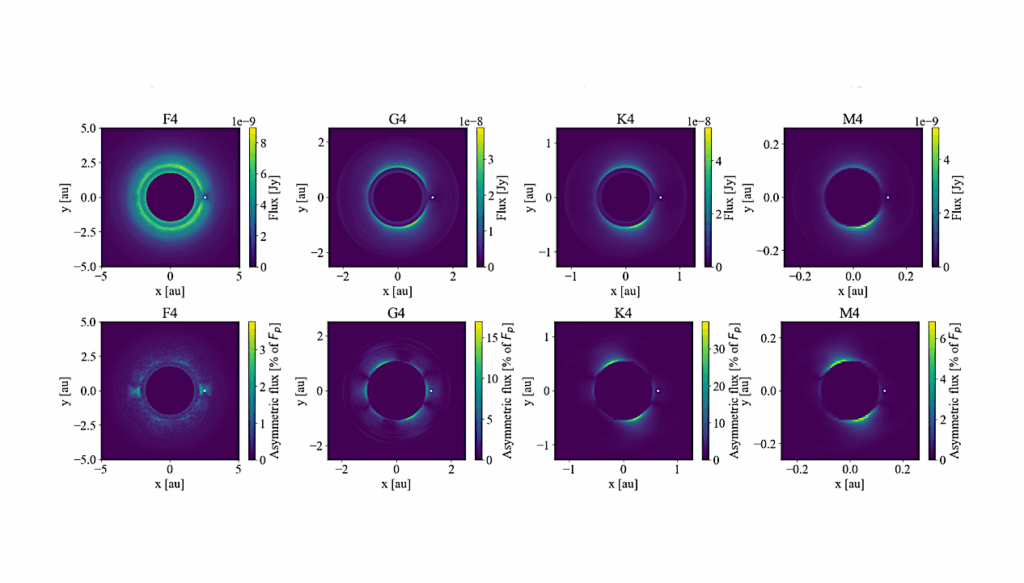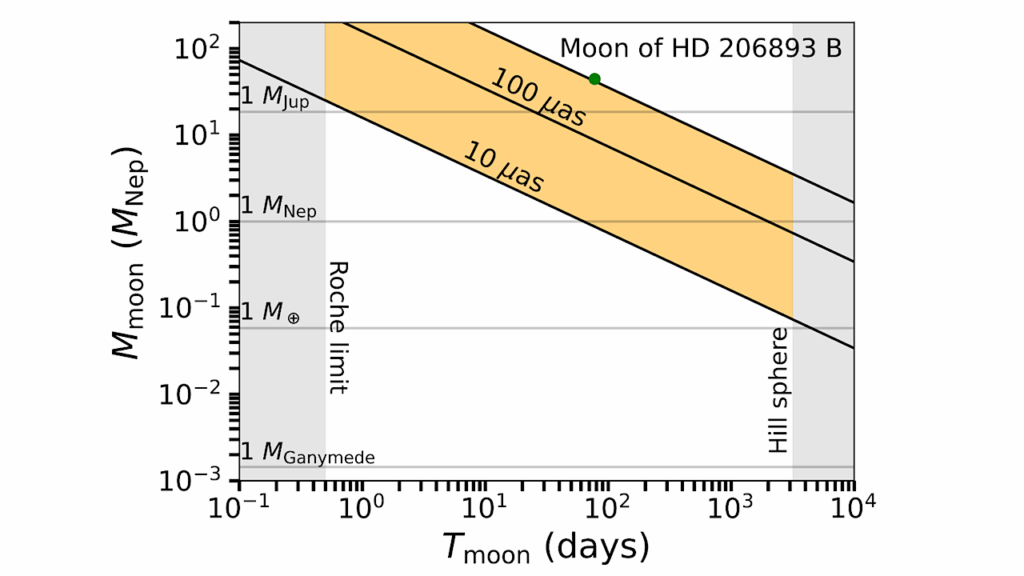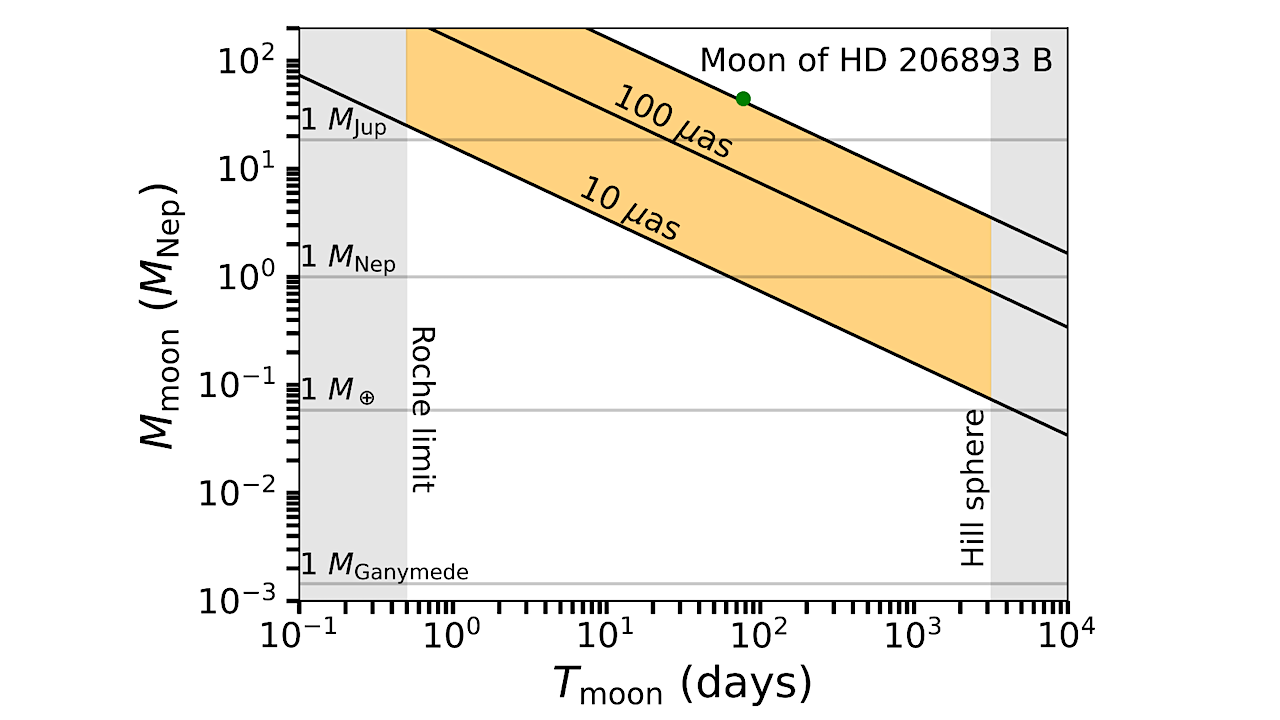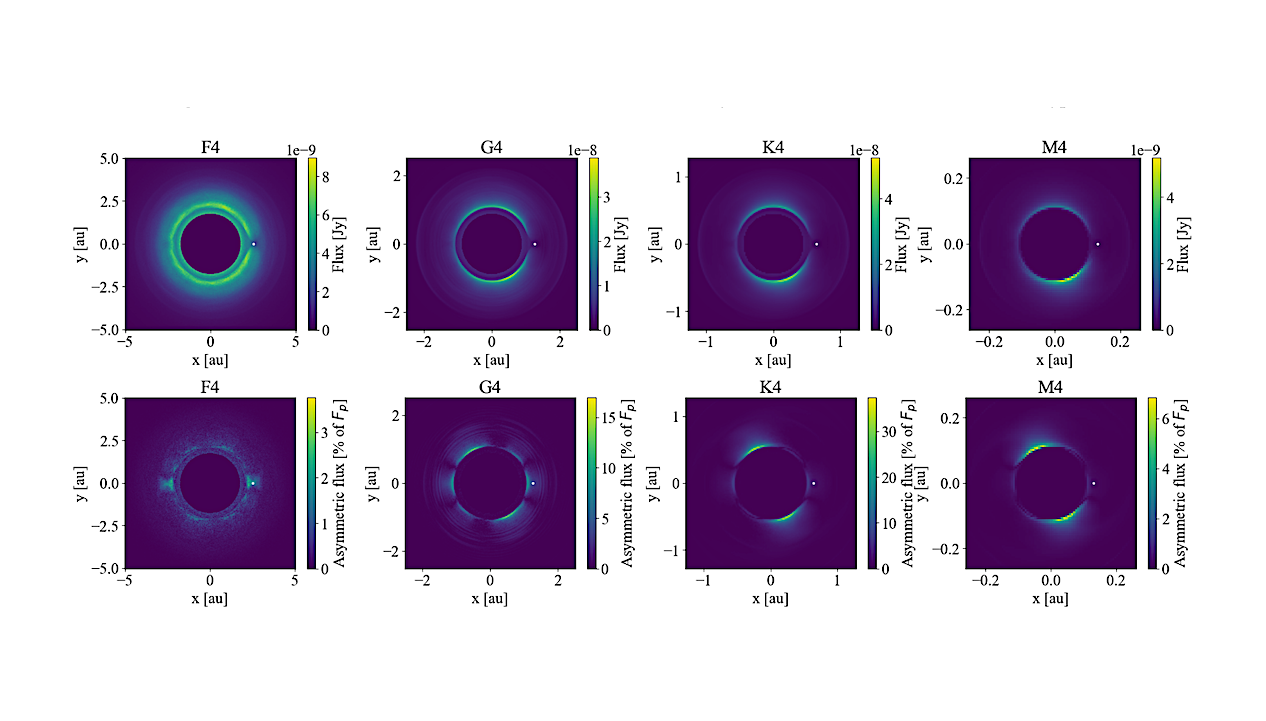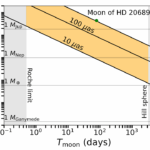Now Reading: Simulating The Stellar Bycatch: Constraining The Prevalence Of Extraterrestrial Transmitters Within Radio SETI Surveys
-
01
Simulating The Stellar Bycatch: Constraining The Prevalence Of Extraterrestrial Transmitters Within Radio SETI Surveys
Simulating The Stellar Bycatch: Constraining The Prevalence Of Extraterrestrial Transmitters Within Radio SETI Surveys
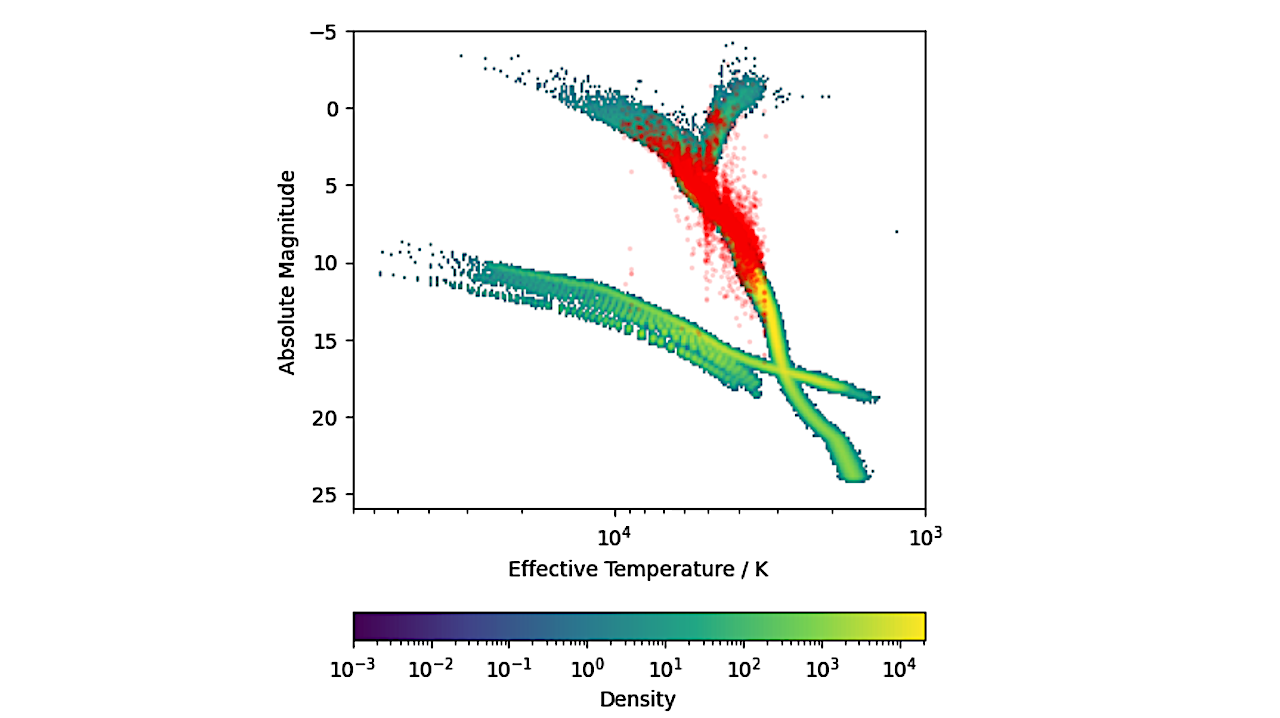
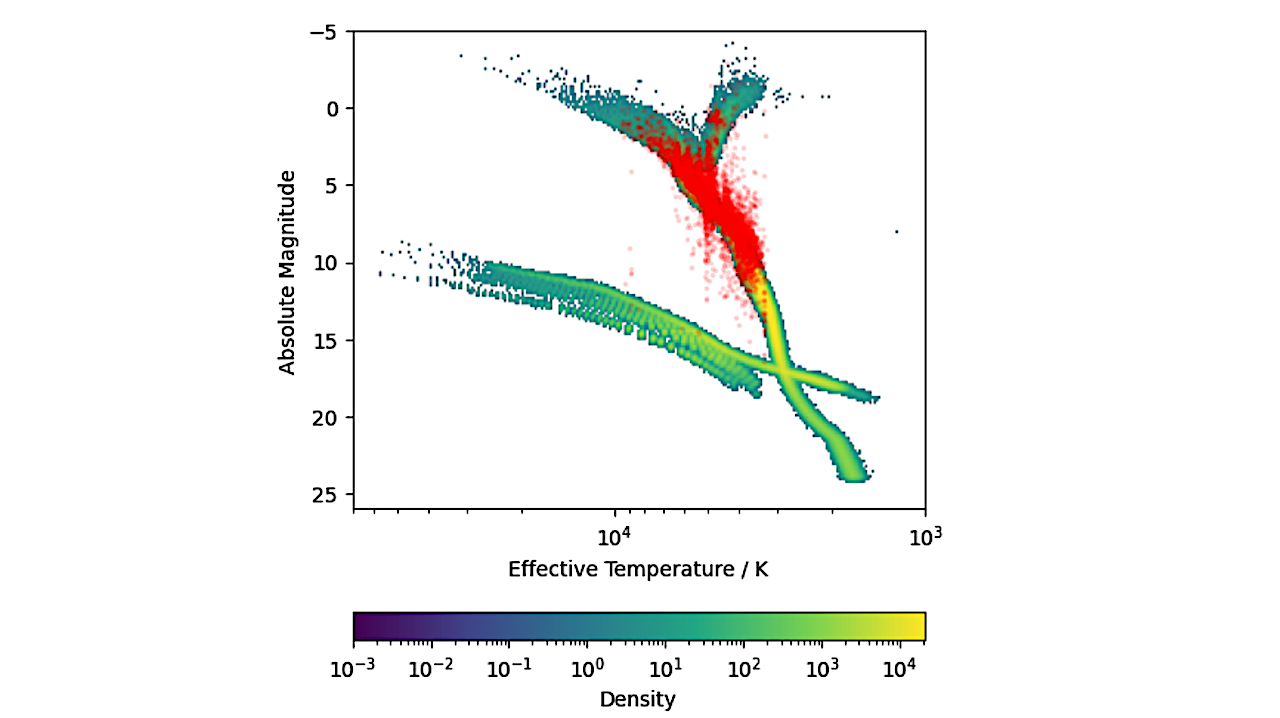
Hertzsprung–Russell diagram comparing the BGM-simulated stellar population (background) with the subset of Gaia sources (superimposed in red) for which reliable effective temperatures and absolute magnitudes are available. The Gaia sample is restricted to within 1 kpc due to parallax accuracy, and most white dwarfs lack reliable temperature estimates. Utilising the BGM enables consideration of the complete breadth of stellar types captured within the bycatch population, including bright Main Sequence stars and minimal confusion between faint Main Sequence and white dwarfs. — astro-ph.IM
Searches for radio technosignatures place constraints on the prevalence of extraterrestrial transmitters in our Galaxy and beyond. It is important to account for the complete stellar population captured within a radio telescope’s field of view, or stellar ‘bycatch’.
In recent years, catalogues from ESA’s Gaia mission have enabled SETI surveys to place tighter limits on extraterrestrial transmitter statistics. However, Gaia remains restricted by magnitude limits, astrometric uncertainty at large distances, and confusion in crowded regions.
To address these limitations, we investigate the use of the Besançon Galactic Model to simulate the statistical underlying stellar population to derive more realistic constraints on the occurrence of extraterrestrial transmitters. We apply this method to Breakthrough Listen’s Enriquez/Price survey, modelling 6,182,364 stellar objects within 1229 individual pointings and extending the search out to distances ≤25kpc.
We place limits on the prevalence of high duty cycle transmitters within 2.5kpc, suggesting ≤(0.000995±0.000002)% of stellar systems contain such a transmitter (for near-zero drift rates and EIRPmin≳5×1016W). In support of broader adoption, we provide a simple calculator tool that enables other researchers to incorporate this approach into their own SETI analyses.
Our results enable a more complete statistical estimation of the number and stellar type of systems probed, thereby strengthening constraints on technosignature prevalence and guiding the analysis of future SETI efforts. We also conclude that SETI surveys are, in fact, much less biased by anthropocentric assumptions than is often suggested.
Louisa A. Mason, Michael A. Garrett, Andrew P. V. Siemion
Comments: 8 pages, 7 figures
Subjects: Instrumentation and Methods for Astrophysics (astro-ph.IM); Astrophysics of Galaxies (astro-ph.GA)
Cite as: arXiv:2511.20231 [astro-ph.IM] (or arXiv:2511.20231v1 [astro-ph.IM] for this version)
https://doi.org/10.48550/arXiv.2511.20231
Focus to learn more
Submission history
From: Louisa Mason
[v1] Tue, 25 Nov 2025 12:03:59 UTC (494 KB)
https://arxiv.org/abs/2511.20231
Astrobiology, SETI,
Stay Informed With the Latest & Most Important News
-
 012024 in Review: Highlights from NASA in Silicon Valley
012024 in Review: Highlights from NASA in Silicon Valley -
 02Panasonic Leica Summilux DG 15mm f/1.7 ASPH review
02Panasonic Leica Summilux DG 15mm f/1.7 ASPH review -
 03How New NASA, India Earth Satellite NISAR Will See Earth
03How New NASA, India Earth Satellite NISAR Will See Earth -
 04And Thus Begins A New Year For Life On Earth
04And Thus Begins A New Year For Life On Earth -
 05Astronomy Activation Ambassadors: A New Era
05Astronomy Activation Ambassadors: A New Era -
06SpaceX launch surge helps set new global launch record in 2024
-
 07Space Force plans new ‘Futures Command’ amid pressure to speed up modernization
07Space Force plans new ‘Futures Command’ amid pressure to speed up modernization












